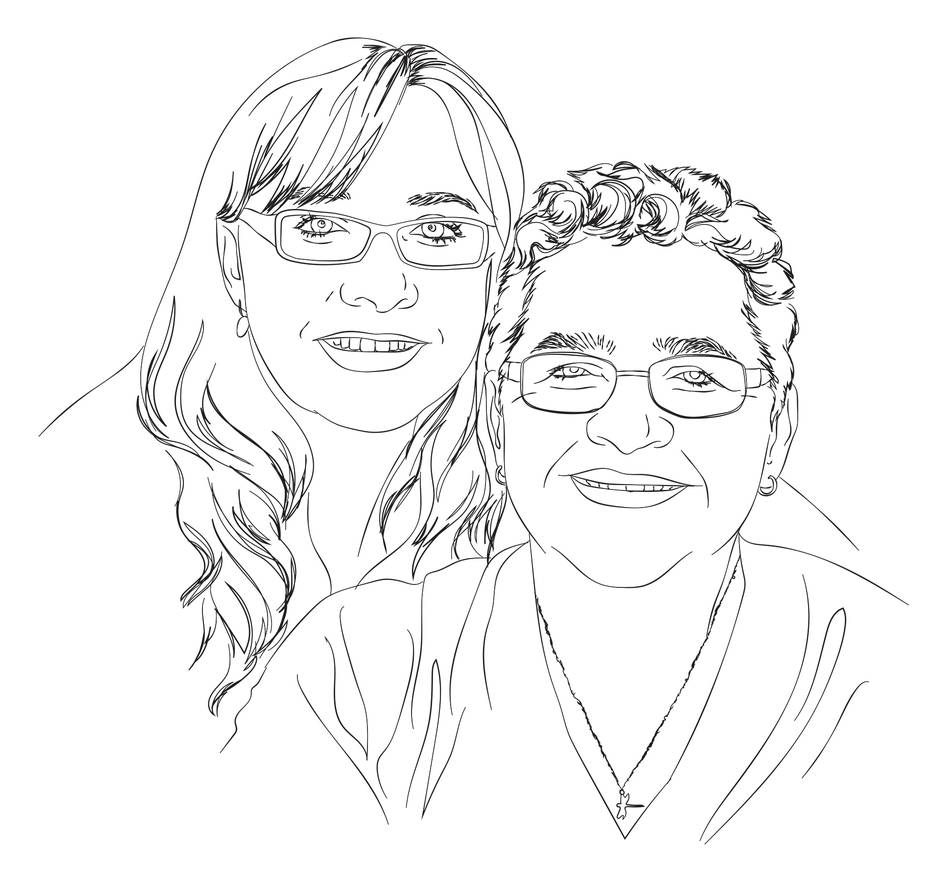There’s an idyllic spot of natural beauty in Saskatchewan known as Wanuskewin, which means “seeking peace of mind” in the Cree language, where archaeological digs have uncovered artifacts of daily life older than the Egyptian pyramids.
Today it’s home to Wanuskewin Heritage Park, a National Historic Site and cultural centre near Saskatoon, celebrating First Nations history and arts. Recently the non-profit organization approved plans to build a unique playground for the families and school children who visit the site, scheduled to open in June of 2020.
“Historically, the site has been a gathering place for over 6,000 years for all nations of the Northern Plains,” says Tara Janzen, development manager for Wanuskewin Heritage Park. “The playground is somehow a microcosm of that. It’s a gathering place where kids of all ages, ethnicities and educational backgrounds can come together. Although this site is in Saskatchewan, this is a story that’s of value to all Canadians. We want to share it with the world.”
There are a lot of archeological and inherited resources on the site that Ms. Janzen says they wanted reflected in the playground, such as a buffalo rubbing stone that is a landmark on the property. It is a tall piece of granite that has been made smooth by the bison rubbing up against it over the years. That rock is part of the story of the landscape, as are the beaver dams in the natural area, so there is a feature in the small-child’s play area that is like a buffalo rubbing stone and a climbing structure reminiscent of a beaver dam.
“We wanted the playground to be remarkable and a destination, but not so imposing that it took away from the natural environment,” says Ms. Janzen. “There are elements of play, absolutely, but play in a way that reflects the landscape and allows for a depth of learning to happen.”
Since many school groups come through, Ms. Janzen says it was important for the playground to have nooks where classes could meet for storytelling and where interpreters could further explain the site. So there are miniature gathering areas interspersed within the playground. As well, tower structures allow the children to overlook over the valley where it is planned that bison herds be returned to the plains.
“This has been a big team effort,” Ms. Janzen says. “We have an elders council that we meet with regularly and there are Indigenous and non-Indigenous staff at all levels of the organization, including the board of directors. Everything we do looks at things from a Western scientific lens as well as a traditional Northern Plains lens.”
Earthscape, an Ontario design-build firm with a specialty area in playgrounds, was brought in to work with the Wanuskewin Heritage Park team to help create the playground and bring their vision to life. Nathan Schleicher, a concept designer with Earthscape, flew out last February to meet with the landscape architect and staff at Wanuskewin. After they swathed him in warm layers and scarfs to compensate for his lack of a winter coat, he walked around the site with them, learning how visitors would be interacting with the space. He did a lot of listening about creation, the relationship of certain numbers to the stages of life, and the importance of the land and creatures. He says working on the project was very special – and a bit of a learning curve.
“We’re so used to hearing [from other clients], this is the story, budget and timeline, which is very Western,” Mr. Schleicher says. “From the beginning we were told that we’d have to loosen up a little, that the process of decision making was much more fluid. There’d be a lot more back and forth of ideas and that it was going to evolve in different directions as the design unfolded. And it did. Often we’d present some ideas and wouldn’t get a yes or no. Maybe we’d get a story. So we’d think about that, absorb what that means and try to incorporate it in the next round. The decision making and communication is thoughtful and more around storytelling. It’s very cool.”
He found the biggest challenge with this project is that there are at least 70 different nations that have continuously used this place for more than 6,000 years. Not all of those nations exist anymore, however there are still many for whom this place is a sacred and meaningful space.
“They come with different stories, as well, so the significance of the colour black or red might be different from one group to another,” Mr. Schleicher says. “As someone who isn’t part of one of those groups, I had to make sure I was being cognizant of those sensibilities, that I was honouring the stories through the design. I wanted it to be engaging as a bouncing off point for storytelling, but also not too implicit about what it’s supposed to mean.”
After completing two designs, the one that was chosen was very much about place, says Mr. Schleicher. When the sketching was done, they computer-modeled it to create a fly-through video of the space from eye level to a bird’s eye view.
“The importance of storytelling and building relationships is woven throughout the playspace. Structures are highly open ended but could be interpreted to reflect things such as a bison’s hump. Glacial rock tumbles are part of the story, as the land was scraped by glaciers, leaving rocks behind in their path. How it’s used is open to the imagination.”

/arc-anglerfish-tgam-prod-tgam.s3.amazonaws.com/public/FSEUGTXPEVCEJAFFZ77IPTDL3U.jpg)
/arc-anglerfish-tgam-prod-tgam.s3.amazonaws.com/public/BH6KAZJYFVHWNIHE3ZV73H5HTI.jpg)